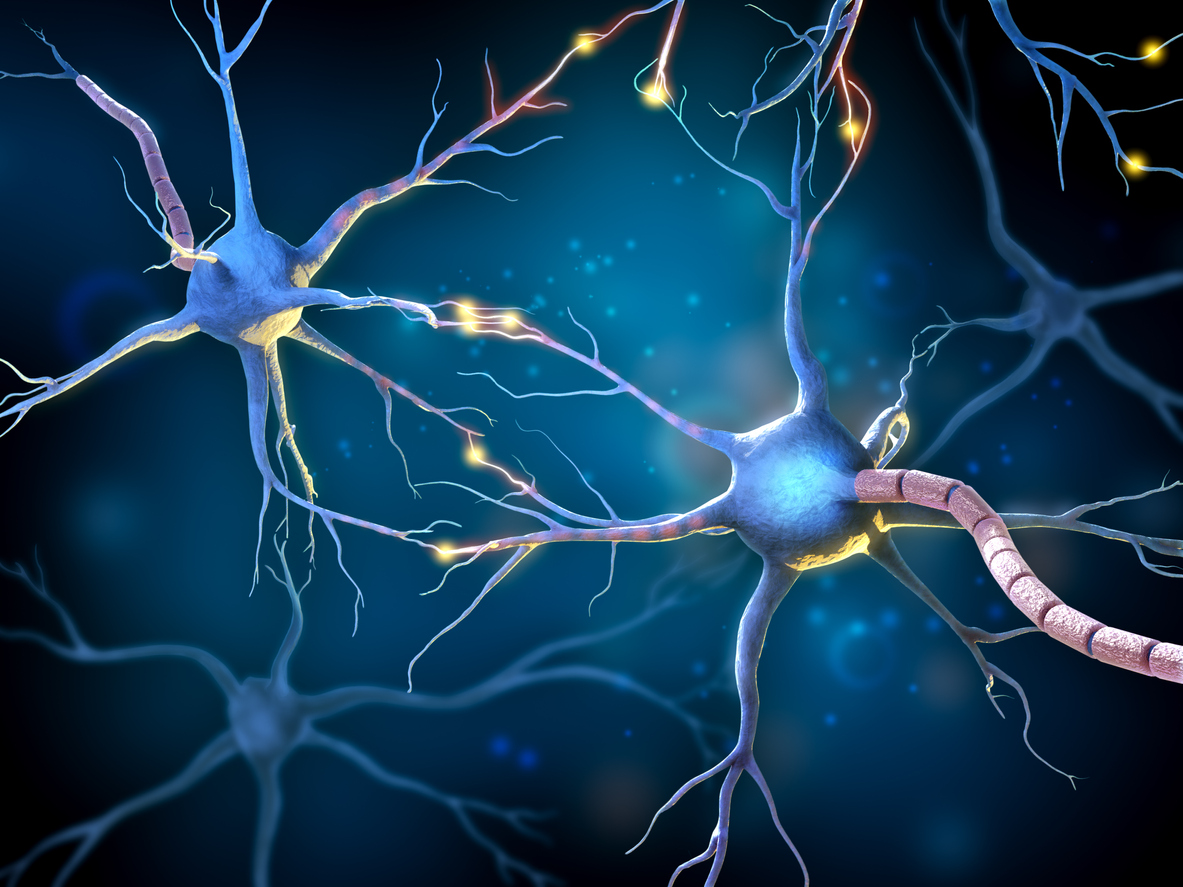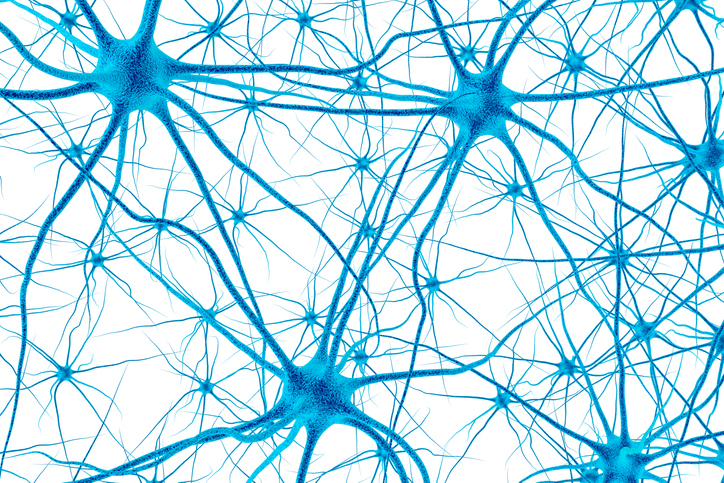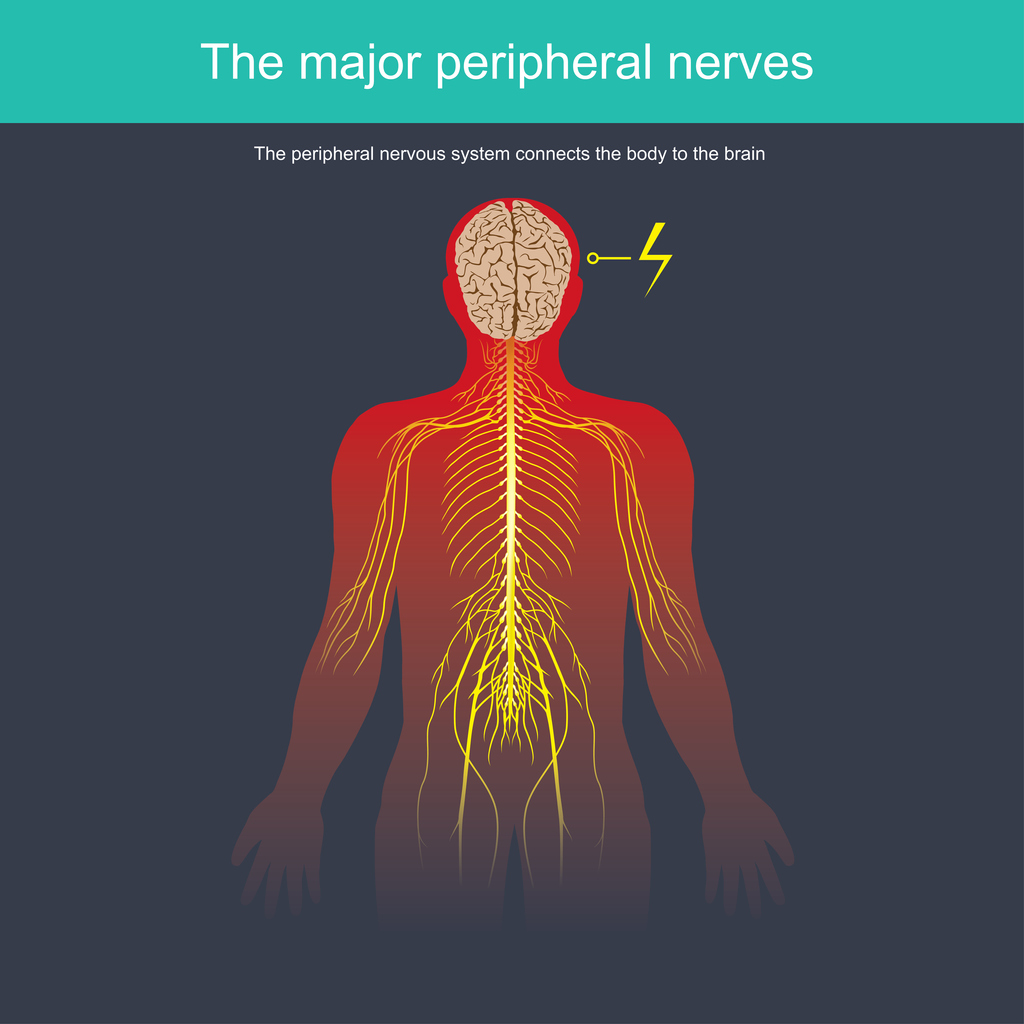Pain
Frequency-Modulated Electromagnetic Stimulation (FREMS) for Nerve Pain

What is neuropathic pain?
Neuropathic pain is a chronic pain condition that occurs due to nerve damage or a malfunctioning nervous system. The nervous system includes peripheral nerves, the brain, and the spinal cord. The central nervous system (CNS) includes the brain and spinal cord. Peripheral nerves spread throughout the body and transfer information between the brain and spinal cord from other parts of the body. Nerve damage can change the nerve function at an injury site or the area surrounding an injury, causing them to send wrong signals to pain centers.
What is frequency-modulated electromagnetic stimulation?
Frequency-modulated electromagnetic neural stimulation (FREMS) is a type of electrotherapy treatment that is being explored as a potential treatment option for diabetic neuropathy. It involves a device that delivers sequences of electrical stimuli via electrodes. These disposable electrodes are applied to both lower extremities.
How it works
FREMS was developed as a type of electrotherapy that varies in its pulse frequency, duration, and voltage amplitude. Other electrotherapies involve a single impulse of low intensity and short duration. They are unable to “excite” the nervous and muscular tissue in the body and aid in the firing of neurons. However, FREMS can deliver variations of intensity and duration to reduce diabetic neuropathy pain and improve function.
Conclusion
Many types of electrotherapies have been used to treat diabetic neuropathy in order to stimulate blood flow and block pain with great success. However, only transcutaneous electrical nerve stimulation (TENS) is recommended to treat diabetic neuropathy by the American Academy of Neurology. FREMS has been found to be safe and effective in the treatment of nerve pain. Additional studies are needed to gather completed data; however, the results thus far are promising.
Additional sources: VeryWell Mind, Springer Nature Switzerland, and ScienceDirect
















